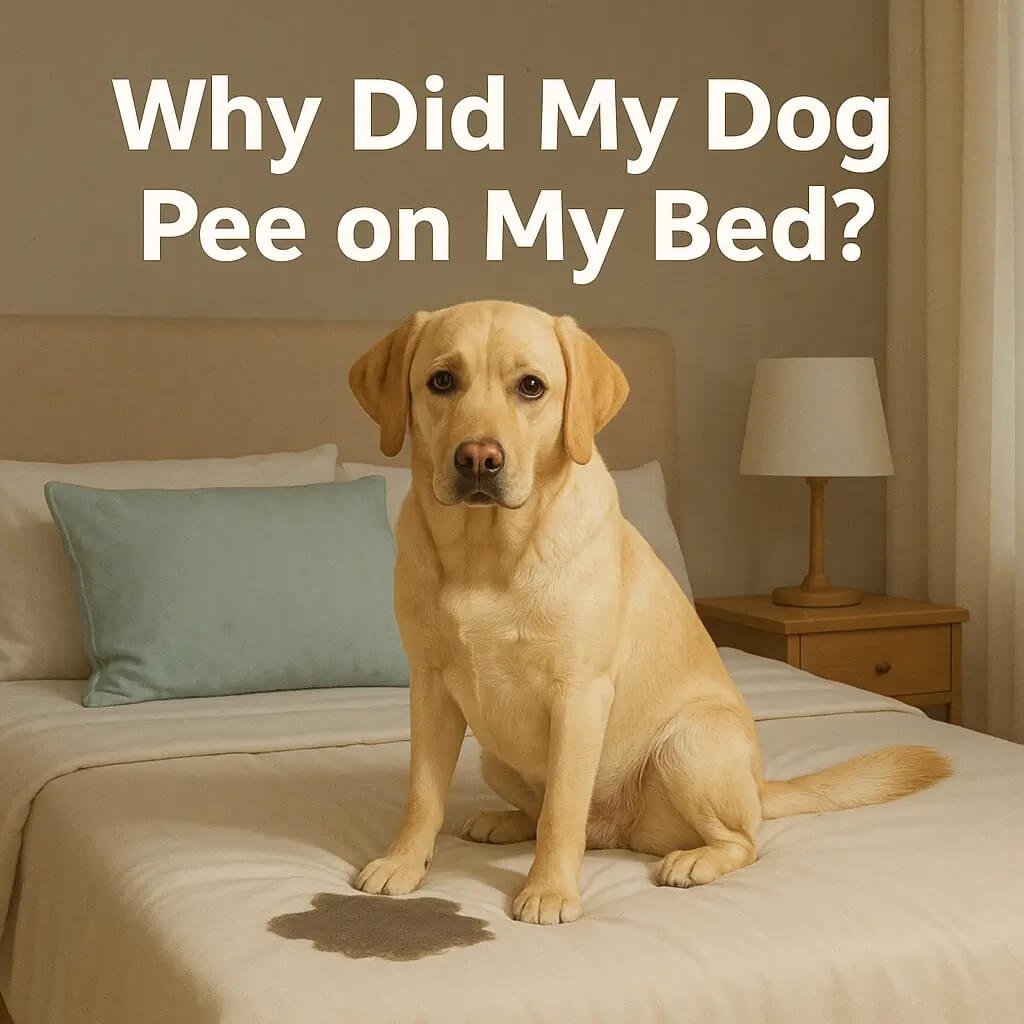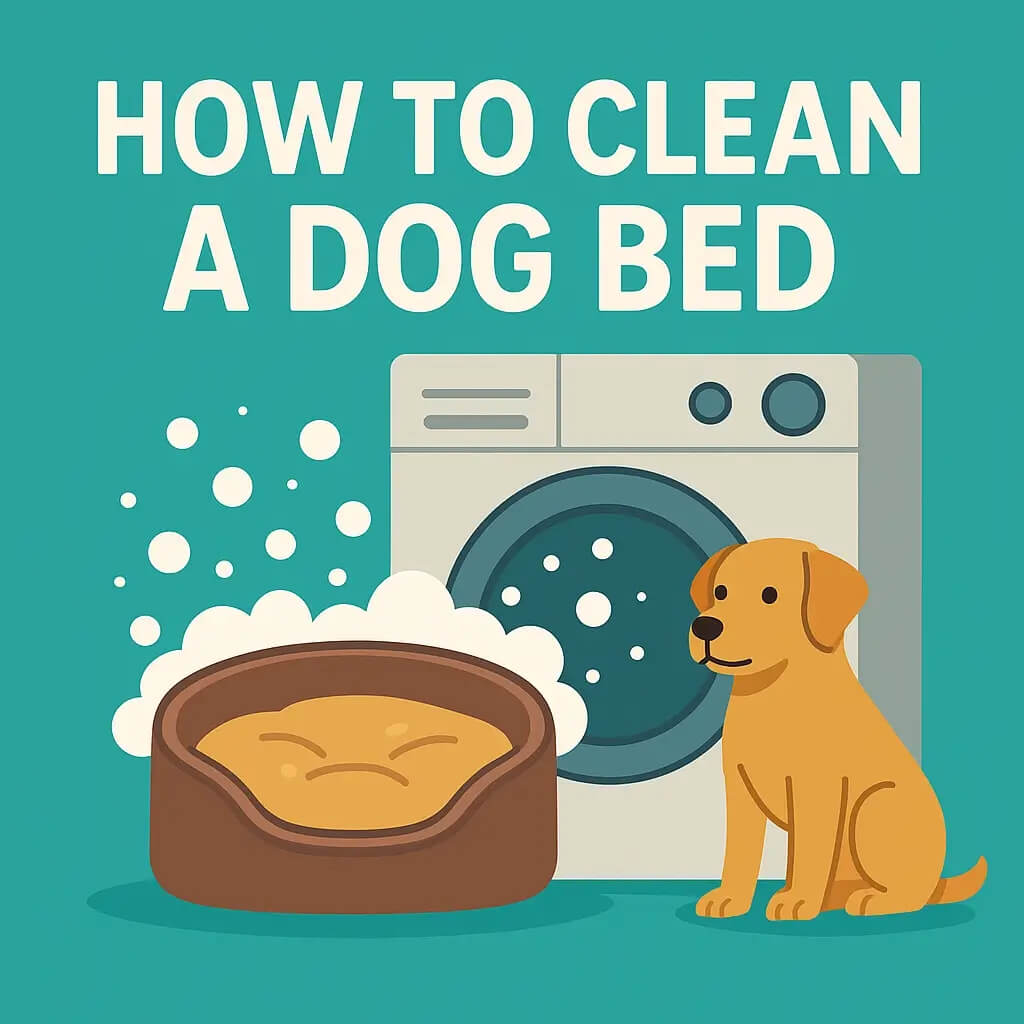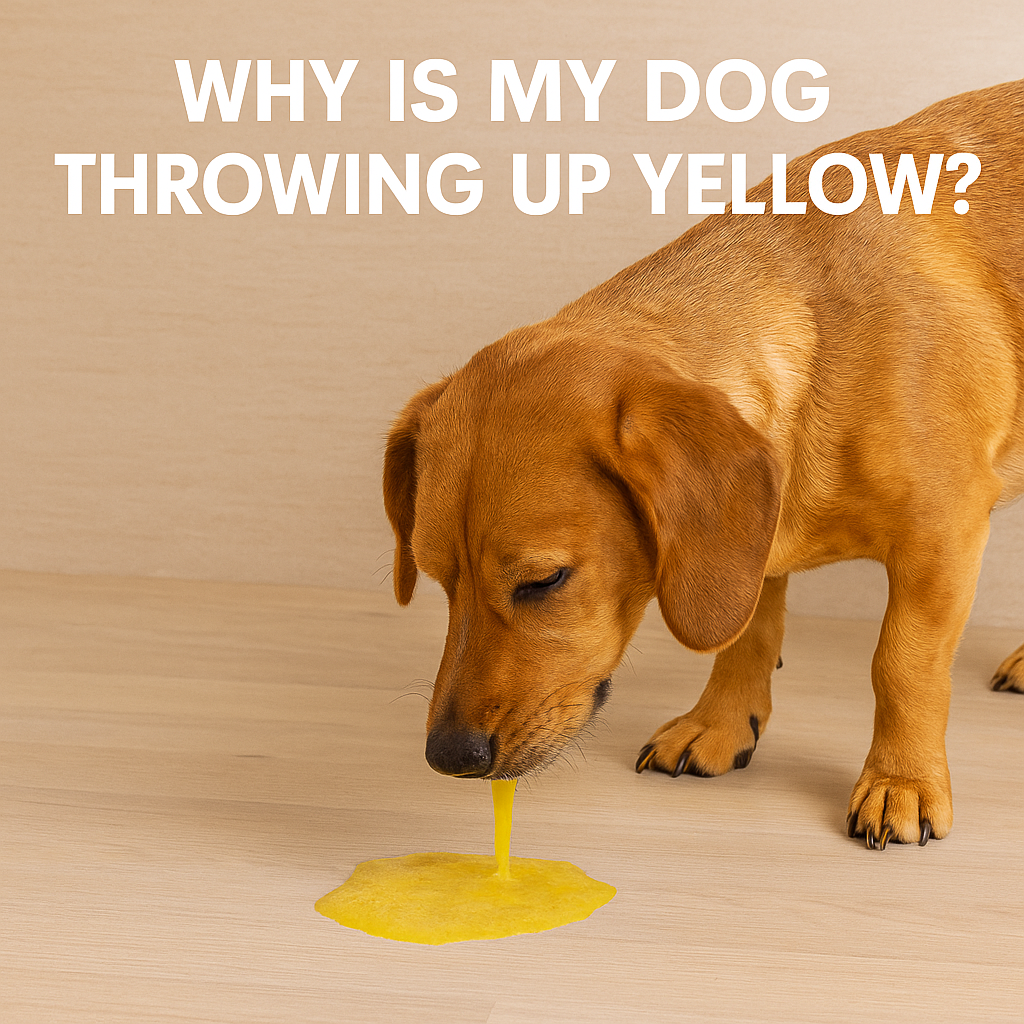Pet parents should consider crate training as their top tool for developing happy well-adjusted puppies. A crate functions as more than a cage because it transforms into a personal sanctuary for your dog which provides feelings of tranquility and protection. Proper crate training establishes house training while minimizing separation anxiety and making your dog ready for travel and boarding situations.
This guide explains how to crate train in simple steps. We’ll cover why crates work, how to choose the right size, and what to expect in the crate training process.
Why Should I Crate Train My Puppy?
The practice of crate training creates a sense of calm for both you and your puppy. The crate develops into a secure sanctuary for your puppy which resembles their natural den environment. Dogs have an instinct to rest in enclosed spaces because their natural behavior involves seeking protection in small enclosed areas. The crate becomes their personal sanctuary when you teach them it serves as their own private space which decreases their stress during naps and nighttime rest and brief crate door closures.
For pet parents, crate training helps with house training. Most dogs naturally avoid soiling the spot where they sleep. That means keeping your puppy in the crate for a shorter time period and then taking them out for potty breaks can build strong bathroom habits.
Crate training also prepares your dog for real-life situations. A pup who is fully crate trained will handle vet visits, travel in a car, or even flights in a safer, calmer way.
In short, crate training is not about confinement—it’s about giving your puppy a positive association with a secure, comfortable spot.
Benefits of Crate Training
House training represents only one advantage of crate training for dogs. A crate serves as protection for your new dog by stopping them from damaging furniture and accessing dangerous household objects and escaping through open doors when left alone. The crate functions as a safe enclosure which provides your dog with a secure space to rest peacefully.
One key benefit is that it teaches your puppy how to sit quietly and self-soothe. Puppies often get overexcited when the family spends time together in a high traffic area like the living room. By having a crate nearby in the family room, you allow your dog to be close to you while also practicing calm behavior.
Crate training also supports separation anxiety prevention. According to the Ohio State University Indoor Pet Initiative, puppies that learn to spend short periods of time alone in a crate are less likely to develop stress when left home later. This matters for dogs that will spend their entire life in households where people come and go.
Finally, crates make travel and recovery easier. After surgery, vets often recommend limited movement. A pup used to a crate will handle healing with less stress. And when traveling, a crate keeps your pet safe in the car or at a hotel. For many pet parents, this added security is one of the most practical reasons to crate your dog.
Why Does It Work?
Crate training works because it uses your dog’s natural instincts and positive learning. Dogs are den animals, which means they find comfort in small, enclosed spaces where they can sleep and relax. By making the crate feel like a cozy dog bed or a room of their own, you create a positive experience rather than a punishment.
The training relies on positive reinforcement. That means rewarding calm behavior inside the crate with treats, a favorite toy, or regular meals. Over time, your pup builds a positive association with being in the crate. The AVMA has shown that positive reinforcement methods are more effective and create fewer behavior problems than punishment.
The process also works because puppies naturally avoid soiling their sleeping area. If you stick to a potty schedule, they’ll learn to wait until you take them outside. This helps with house training in just a few weeks.
What To Know Before Starting Puppy Crate Training
Before you start, there are a few important things to keep in mind.
-
Choose the right location. Place the crate in a spot where your family spends time, like the family room, so your pup feels included. Avoid isolating the crate in a garage or basement, which can create negative associations.
-
Pick the right size. A crate should be large enough for your pup to stand, turn, and lie down comfortably, but not so big that bathroom accidents happen in one corner. For young puppies, use a divider to gradually increase space until they reach adult size. Many pet owners choose a collapsible wire crate for home use, while a plastic kennel is useful for car travel. Make the dog’s crate cozy with a soft blanket, a bed, and your pup’s favorite toy.
-
Material matters. Wire crates are popular because they allow good airflow and let the puppy see the family room activity. Plastic crates are sturdy and travel-friendly, often required for flights. Soft-sided crates should only be used for fully crate trained dogs because a new pup may chew or scratch through the fabric.
-
Prepare the inside. Add a crate mat or dog bed, plus safe chew toys inside. Never leave collars, leashes, or unsafe items.
-
Set up a schedule. Puppies can only hold their bladder for about one hour per month of dog’s age. For example, a 3-month-old pup may need potty breaks every 3 hours.
By starting with the right setup, you’ll give your puppy the best chance to enjoy crate training as a positive experience and avoid mistakes that lead to stress or resistance.
How To Properly Introduce a Puppy Crate
The first step in crate training is to build a positive association. Start with the door open so your pup can explore without pressure. Toss a few treats inside, place the food dish or meals in the crate, and let your puppy step in and out freely. Never push them inside—this can create negative associations.
Once your dog is comfortable going inside the crate, start short sessions with the door closed for just a few seconds. Gradually increase the time spent, always opening the door before your puppy becomes upset. Praise and reward calm behavior.
The Ohio State University Indoor Pet Initiative stresses that crate training should happen in small steps with positive reinforcement, not force. This helps your puppy learn that the crate is a safe space where good things happen.
Keep the crate in a high traffic area like the living room so your pup doesn’t feel isolated. Over several days, your puppy will begin to see the crate as a positive experience, making it easier to use the crate for naps, travel, or overnight sleep.
How Do I Crate Train My Puppy?
The crate training process takes patience and consistency. Here’s a simple step-by-step plan:
-
Day 1–2: Introduce the crate with the door open. Let your new puppy explore at their own pace. Toss favorite treats inside to help the dog associate the crate with good things.
-
Day 3–4: Begin short periods with the door closed. Stay nearby so your pup feels safe. If the dog whines, wait a moment of quiet before opening the crate door.
-
Day 5–7: Gradually increase crate time, including during mealtime and short breaks. This helps with house training and builds patience.
What About Overnight Crating
Nighttime crate training can feel challenging, but it’s an important part of raising a puppy. Puppies have small bladders and cannot hold it all night. A good rule of thumb is your puppy’s dog’s age in months equals the number of hours they can wait before needing a potty break. For example, a 3-month-old may last about 3 hours.
Place the crate in your bedroom or nearby so you can hear your puppy if they need to go out. Keep overnight crating calm—when you take your pup out for a bathroom break, avoid play or excited behavior. Bring them back, put them inside the crate, and close the door again quietly.
Making the crate comfortable with a crate mat, safe toy, and keeping it near where your family spends time will help your pup relax. Over time, your dog will see the crate as their own space to sleep peacefully.
How Do I Manage Whining?
Whining is one of the biggest challenges in crate training. The key is knowing whether your puppy needs a potty break or is just seeking attention. If your puppy has already been outside recently, wait for a few seconds of quiet before opening the crate. This teaches them that calm behavior, not whining, opens the crate door.
Never yell or punish your puppy for whining—it can create negative associations with the crate. Instead, go back a step in the training and reduce the time spent with the door closed. Add crate games like tossing treats or a favorite toy inside to rebuild confidence.
Some whining is normal, especially in the first several days of training. As long as you are consistent with potty breaks, rewards, and gradually increasing crate time, most dogs will learn to sit quietly and relax inside the crate.
FAQs
What is the 2 1 rule for crate training?
The 2:1 rule means your puppy can usually hold their bladder for about twice their dog’s age in months, up to a maximum of 8 hours. So, a 3-month-old pup can stay in the crate around 6 hours at night. This helps pet parents plan potty breaks.
What is the proper way to crate train?
The proper way is with small steps, starting with the door open, meals in the crate, and using positive reinforcement. Avoid punishment and focus on calm, gradually increasing sessions until your dog can sleep comfortably in the crate.
How to crate train your puppy in 3 days while?
Some guides promise “3-day crate training,” but in reality, most dogs need more time. In 3 days, you can teach your puppy to enter the crate happily, close the door for a shorter time period, and start napping inside. Full crate training usually takes several days or weeks.
Is it okay to let a puppy cry in a crate at night?
It’s normal for puppies to cry at first, but don’t ignore them completely. If it’s been several hours since the last potty break, take them out briefly, then return them to the crate and leave quietly. If you’re sure it’s attention-seeking, wait for silence before opening the crate to avoid rewarding whining.
Conclusion
Crate training takes patience and practice, but it builds a strong foundation for good behavior. Over time, your dog will realize the crate is a safe environment to rest, relax, and snuggle with their favorite toys. With consistency, pet owners can prevent accidents, reduce anxiety, and give their pup a comfortable space they love.












